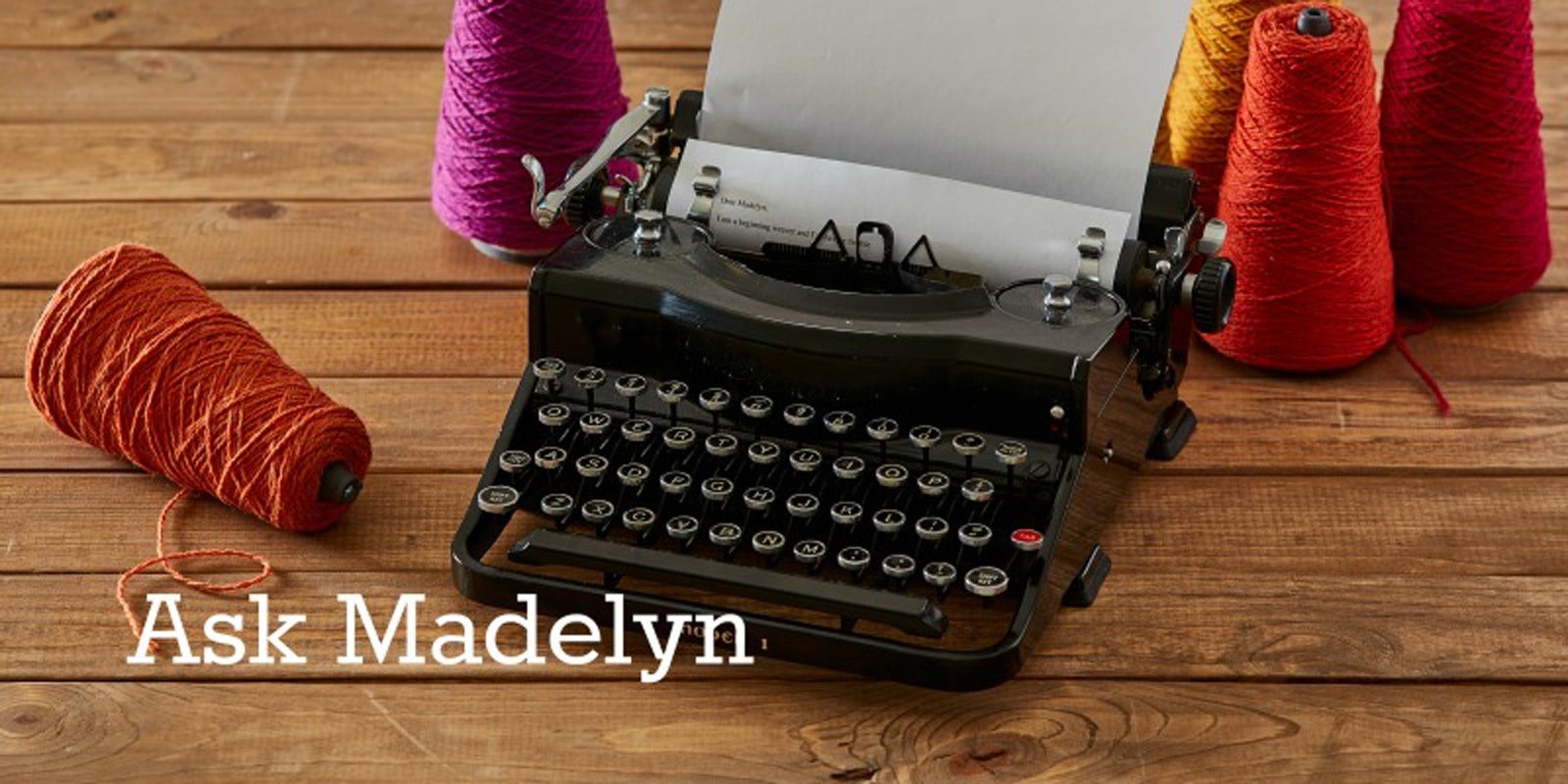While doing some shopping this weekend I saw a beautiful 4-shaft diamond twill throw at a Big Box Store. My first thought was that I could weave a similar throw on my 22-inch 8-shaft loom thanks to the magic of doublewidth doubleweave, but then I had second thoughts because I have a jack loom. I know jack looms aren’t the best looms for weaving thick pieces, and I’d imagine weaving a doubleweave throw on one might be problematic, although not impossible. While I’m sure I can weave the throw on my loom, I’m not sure what sorts of problems I might encounter. What tips or advice do you have for somebody attempting to weave a moderately thick piece of doublewidth doubleweave on a smallish jack loom? (Well, besides getting a bigger loom or a countermarche loom.) Is it worth trying? Thanks! Miranda
Hi Miranda!
I’m thinking you are concerned that the warp will be so dense that the weight of the shafts will not be enough to keep the threads down that are not being raised; i.e., friction among the closely sett threads won’t allow them to separate from the threads that are being raised. There are several variables involved: the density of the warp threads (the particular sett), the fiber content (from slippery as in pearl cottons to sticky as in lofty wools), and the shaft weight (which depends on the particular jack loom you are using).
I have woven many doubleweave pieces on my Baby Wolf looms (some full width at 25") without difficulty, usually using 10/2 pearl cotton at 48 ends per inch (24 ends per layer). A sticky wool might present a problem, however. Remember that it is shaft weight that holds the warp threads down, so there would be the option of adding weight to the shafts. If you are weaving full width, you will also lose the weight of unused heddles. Metal heddles are an important factor in giving shafts enough weight to pull the warp threads down.
I would definitely give this a try, however. There are several ways to add weight to shafts (remembering that you will be lifting all that weight when you step on the treadles). Depending on the tie-up needed (for two layers of twill this is not really possible), if you raise the shafts in the up shed one at a time, the threads on individual shafts can be easier to separate than raising them all at once.
I’d go for it!
—Madelyn
Posted December 16, 2015. Updated March 5, 2018.
If you have a weaving question please email Madelyn! View related & recent "Ask Madelyn" posts!

